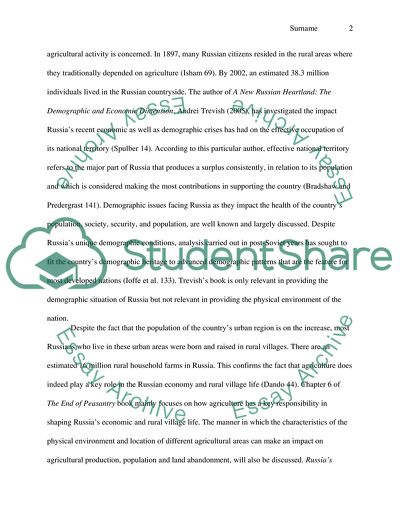Cite this document
(The Russian Heartland Revisited Book Report/Review, n.d.)
The Russian Heartland Revisited Book Report/Review. Retrieved from https://studentshare.org/geography/1771339-the-book-report-of-the-book-called-the-end-of-peasantry-the-disintegration-of-rural-russia
The Russian Heartland Revisited Book Report/Review. Retrieved from https://studentshare.org/geography/1771339-the-book-report-of-the-book-called-the-end-of-peasantry-the-disintegration-of-rural-russia
(The Russian Heartland Revisited Book Report/Review)
The Russian Heartland Revisited Book Report/Review. https://studentshare.org/geography/1771339-the-book-report-of-the-book-called-the-end-of-peasantry-the-disintegration-of-rural-russia.
The Russian Heartland Revisited Book Report/Review. https://studentshare.org/geography/1771339-the-book-report-of-the-book-called-the-end-of-peasantry-the-disintegration-of-rural-russia.
“The Russian Heartland Revisited Book Report/Review”, n.d. https://studentshare.org/geography/1771339-the-book-report-of-the-book-called-the-end-of-peasantry-the-disintegration-of-rural-russia.


